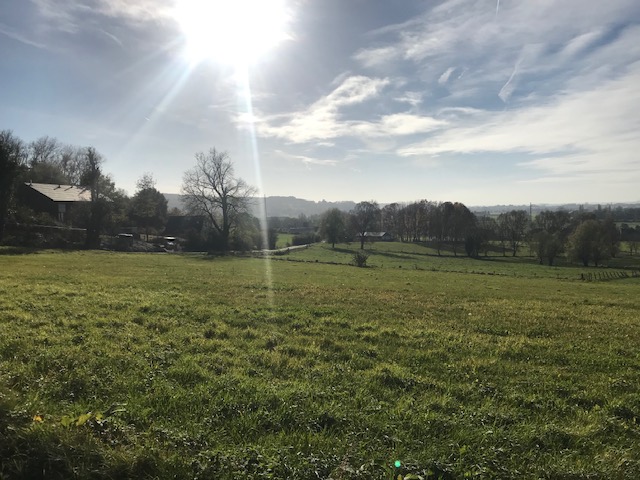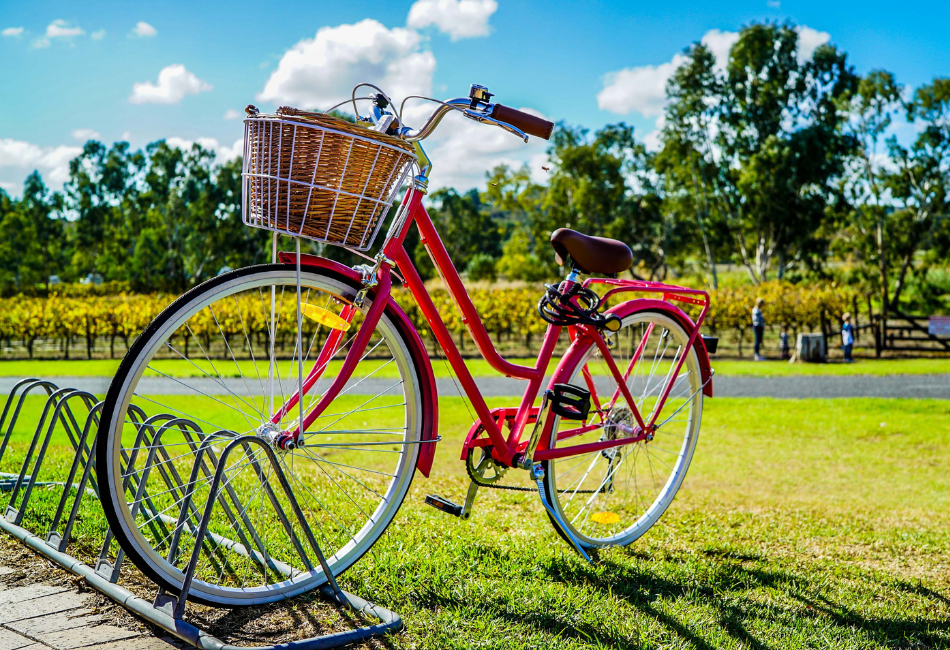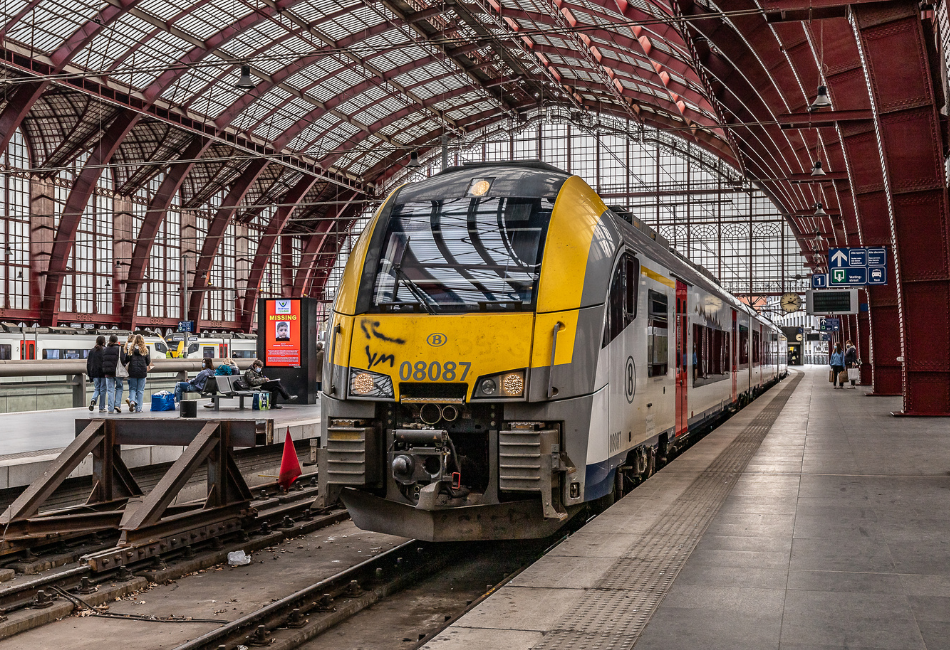Mindfulness-based Stress Reduction focuses on both meditation and movement. In that sense, MBSR is unique and different from mindfulness s.s. In addition, the mindfulness exercises recommended within these programs often take place in nature.
Consequently, during any training and/or course that I organize, students spend time in nature. Examples include mindful movement such as yoga and walking or meditating in a beautiful, quiet place in nature, such as in a forest, a park, by a river or by the sea.
Moreover, as an MBSR trainer, I find it important not only to organize activities in nature, but also to make sure that their impact on the environment is kept to a minimum. In other words, sustainability is a high priority for me!
Below you can read some examples of things I do to contribute to ecological, energy efficient and sustainable entrepreneurship.
Marisa
~ Founder of the Centrum voor Mindful Leven

The practice is located in a green environment, that is, in the heart of the Flemish Ardennes: in the beautiful municipality of Ronse.
The building itself is energy efficient and ecological. For example, I have chosen to use green electricity.
The practice is also very easily accessible by public transportation, both by train and by bus. In this way, I want to encourage my clients to travel by public transport instead of taking the car.

Over the years, I have always traveled by modes of transportation that have a low carbon emission. For example, I rarely take the plane, use an electric bike, and like to go to local stores around the corner, by foot. I take the bike, train, tram and/or bus as often as possible.

I organize both live as well as online activities and trainings. In this manner, it is possible to minimize your environmental impact as a course member or participant.
In addition, there is a digital learning environment where course participants can access all materials online. I also encourage clients to contact me by e-mail. That way as little paper as possible is wasted.
The hosting provider of the website is Combell, which is ranked as a green distributor by the Green Web Foundation.

I only print on recycled paper.
When I purchase new things, e.g. office supplies, I choose recycled materials or second-hand items whenever possible. In other words, I strive to make my footprint as small as possible in terms of the materials I use.
Furthermore, I am conscious about the use of paper and water, and encourage course participants to reduce and avoid wastefulness.

The trainings and workshops always take place at locations that are accessible by public transportation.
I also choose venues that are run by people who have ecological and socially responsible entrepreneurship as objectives or basic values.
In addition, the multi-day trainings always take place in a setting in nature.

I have been collaborating for years with partners who do business in a sustainable and socially responsible manner. Moreover, I support (young) entrepreneurs with a sustainable and ecological vision by working with them and thereby giving them the opportunity to expand their business.
Moreover, for years, I have been making the population aware of the importance and benefits of mindful living and working, conscious of oneself and the environment. I also encourage the population to live sustainably and ecologically and to be considerate towards others and nature.
Did you know that some forms of meditation can have a positive impact – indirectly, of course – on environmental problems? You can read more about the impact of Vipassana meditation on the current climate crisis in the article below.
In addition, mindfulness can help you cope with ecological grief, anxiety and trauma. The article below outlines exactly how.
In our daily lives, we consume constantly. In the process, we absorb toxic substances or impressions. Think of advertisements we see when driving around town, news articles we read about current issues, TV series with violent scenes, and so on.
According to Thich Nhat Hanh, the best way to shield our society and ourselves from this and to choose consciously what we consume, what he calls “mindful consuming”. He explains more about this in this video.